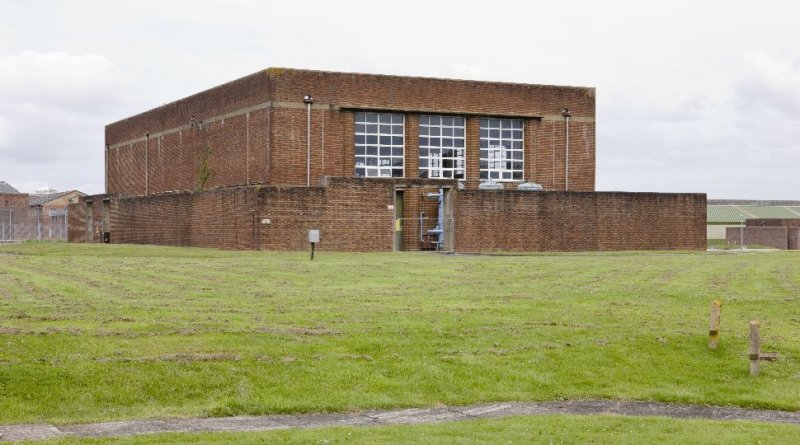Content can be downloaded for non-commercial purposes, such as for personal use or in educational resources.
For commercial purposes please contact the copyright holder directly.
Read more about the The Creative Archive Licence.
Description
In February 1939, St Athan became the home for 4 School of Technical Training with over 1500 staff and trainees, a number which soon doubled.
19 Maintenance Unit (MU) formed in March as a civilian Aircraft Storage Unit. By January 1940, 280 aircraft were in storage, mostly Fairey Battles and Hawker Hurricanes, to be followed by Bristol Blenheims, Westland Lysanders, Boulton Paul Defiants and Bristol Beaufighters. These were followed by Supermarine Spitfires, Armstrong Whitworth Whiteleys, Vickers Wellingtons, Avro Lancasters, and De Havilland Mosquitos, taking the total to over 700 by the autumn.
32 MU were also assigned to St Athan in August 1939 and specialised in installing electronic devices such as Air-to-Surface Vessel radar (ASV), Identification Friend or Foe (IFF) and Airbourne Inspection radar (AI). Other work included strengthening Wellington wing spars.
In April 1940, a School of Air Navigation moved to St Athan from RAF Manston, with 12 Radio School utilising a flight of Avro Ansons from September 1943 - May 1944 under the command of 27 Signals Group.
When the war ended, the two maintenance units remained, and the base continues with the important functions of repair, overhaul and storage for both the RAF and Royal Navy (DARA). The aircraft that make up the Battle of Britain Memorial Flight are also noted as having been repaired here. Areas of the base are also now used by army units.
St Athans remains an active RAF station with many of the original wartime period expansion buildings and hangars still in use.


Do you have information to add to this item? Please leave a comment
Comments (0)
You must be logged in to leave a comment